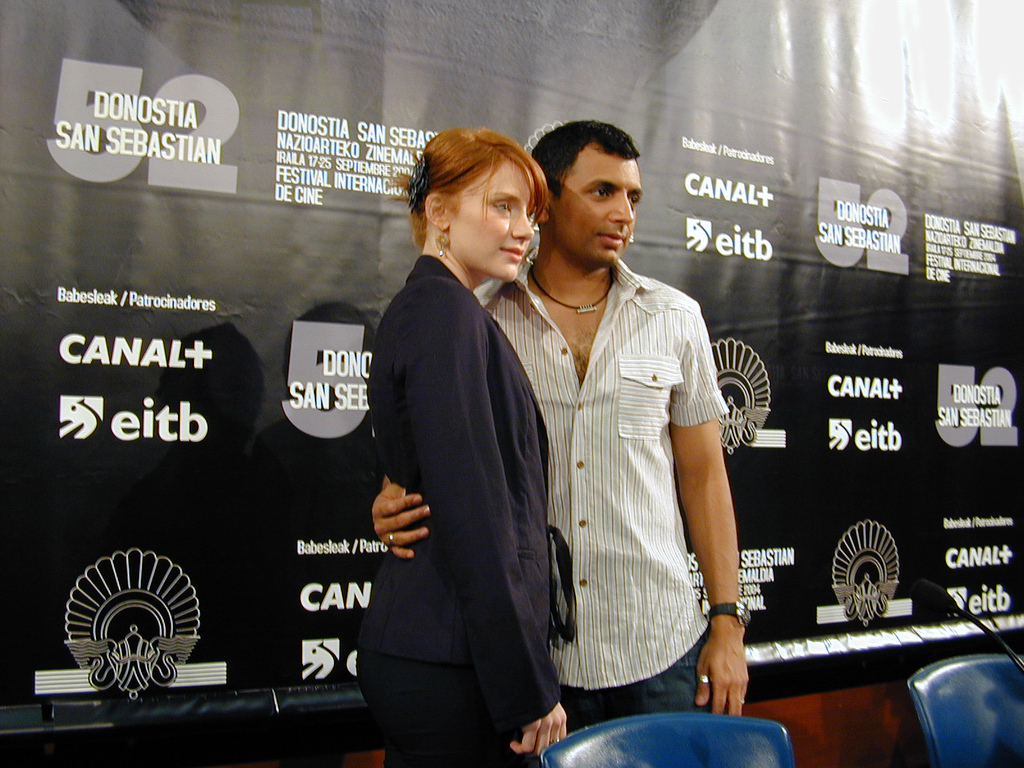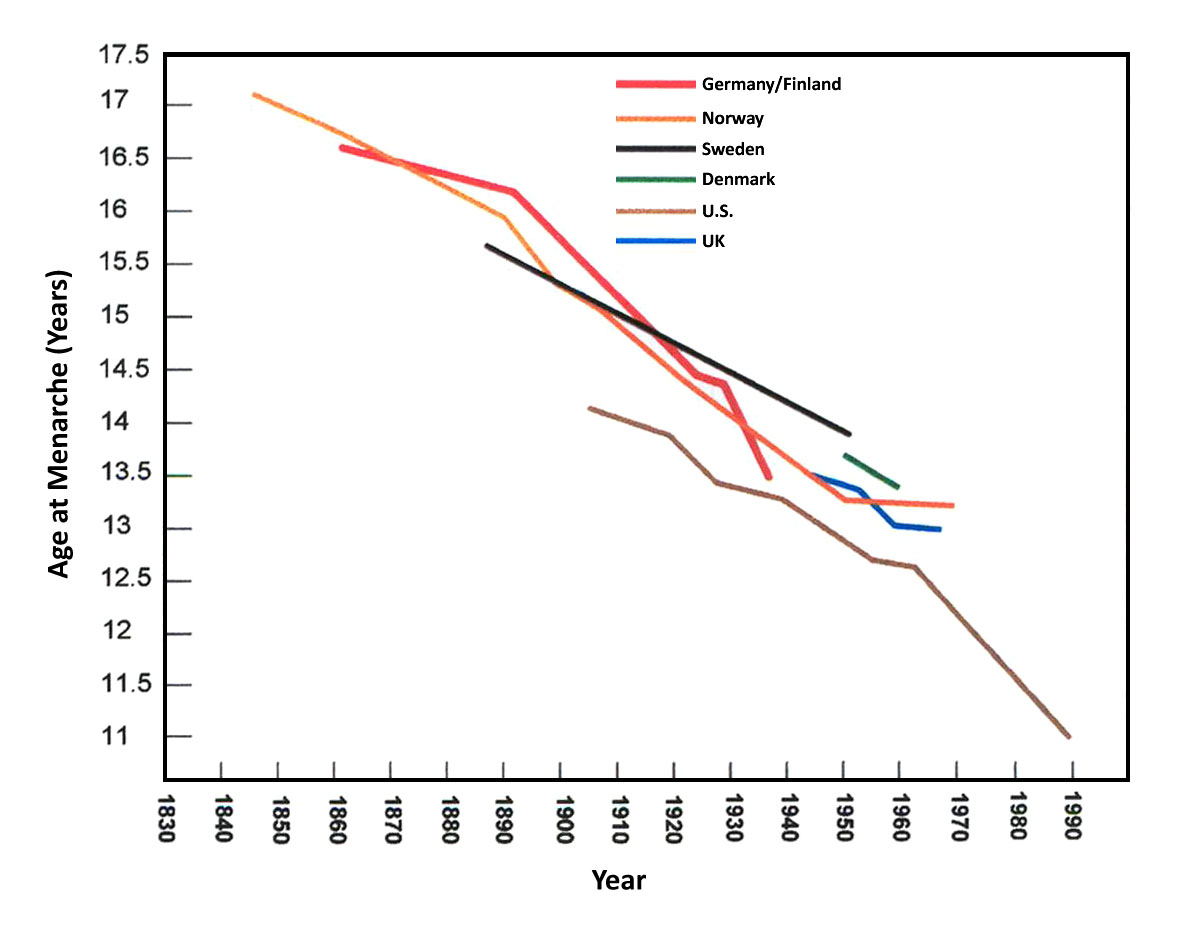|
Inés Bortagaray
Inés Bortagaray Sabarrós (born 22 May 1975) is a Uruguayan writer and screenwriter with a degree in communication studies. She is the author of ''Ahora tendré que matarte'' (2001) and ''Prontos, listos, ya'' (2006 and republished in 2010), and has had stories included in anthologies such as ''Palabras errantes'' and ''Pequeñas Resistencias 3, antología del nuevo cuento sudamericano.'' She has written various screenplays, one of which won an award at the Sundance Film Festival. Life With her three siblings, she frequented the Ariel, Metropol, and Sarandí movie theaters in Salto and had her first encounters with the world of film, which she later deepened in Montevideo with her fellow communications students and visits to Cinemateca Uruguaya. She worked as a reporter for ''Posdata'' and carried out various projects with the design studio Monocromo, including the Banco de Seguros del Estado almanacs (2009-2015). She runs a screenplay workshop for the Escuela Nacional de Be ... [...More Info...] [...Related Items...] OR: [Wikipedia] [Google] [Baidu] |
Salto Department
Salto Department () is a department of the northwestern region of Uruguay. It has an area of and a population of 124,878. Its capital is the city of Salto. It borders Artigas Department to its north, Paysandú Department to its south, the departments of Rivera and Tacuarembó to its east and has the Río Uruguay flowing at its west, separating it from Argentina. History The first division of the Republic in six departments happened on 27 January 1816. Two more departments were formed later in that year. At the time, Paysandú Department included all the territory north of the Río Negro, which included the actual departments of Artigas, Rivera, Tacuarembó, Salto, Paysandú and Río Negro. On 17 June 1837 a new division of Uruguay was made and the department of Salto was created including the actual Artigas Department. Its final borders were defined on 1 October 1884, when the Artigas Department was separated from Salto by the Act of Ley Nº 1854. Population and Demographics ... [...More Info...] [...Related Items...] OR: [Wikipedia] [Google] [Baidu] |
Federico Veiroj
Federico Veiroj (born 1976 in Montevideo) is a Uruguayan film director, screenwriter, producer, and actor. Veiroj studied Communications at the UCUDAL. Two of his films have been List of Uruguayan submissions for the Academy Award for Best International Feature Film, submitted for the Academy Award for Best International Feature Film. Filmography ;As director *''The Moneychanger'' (2019) *''Belmonte (film), Belmonte'' (2018) *''The Apostate (film), The Apostate'' (2015) *''A Useful Life'' (2010) *''Acne (2008 film), Acne'' (2008) ;As screenwriter *''Belmonte (film), Belmonte'' (2018) *''The Apostate (film), The Apostate'' (2015) *''A Useful Life'' (2010) *''Acne (2008 film), Acne'' (2008) ;As actor *''25 Watts'' (2001) as Gerardito Awards *2018: Best Script - Mar del Plata International Film Festival, for ''Belmonte'' *2015: FIPRESCI Award - San Sebastián International Film Festival, for ''The Apostate'' *2010: Coral Award - 2010 Havana Film Festival, Havana Film Festival, for ... [...More Info...] [...Related Items...] OR: [Wikipedia] [Google] [Baidu] |
People From Salto, Uruguay
A person ( : people) is a being that has certain capacities or attributes such as reason, morality, consciousness or self-consciousness, and being a part of a culturally established form of social relations such as kinship, ownership of property, or legal responsibility. The defining features of personhood and, consequently, what makes a person count as a person, differ widely among cultures and contexts. In addition to the question of personhood, of what makes a being count as a person to begin with, there are further questions about personal identity and self: both about what makes any particular person that particular person instead of another, and about what makes a person at one time the same person as they were or will be at another time despite any intervening changes. The plural form "people" is often used to refer to an entire nation or ethnic group (as in "a people"), and this was the original meaning of the word; it subsequently acquired its use as a plural form of per ... [...More Info...] [...Related Items...] OR: [Wikipedia] [Google] [Baidu] |
Uruguayan Educators
Uruguay (; ), officially the Oriental Republic of Uruguay ( es, República Oriental del Uruguay), is a country in South America. It shares borders with Argentina to its west and southwest and Brazil to its north and northeast; while bordering the Río de la Plata to the south and the Atlantic Ocean to the southeast. It is part of the Southern Cone region of South America. Uruguay covers an area of approximately and has a population of an estimated 3.4 million, of whom around 2 million live in the metropolitan area of its capital and largest city, Montevideo. The area that became Uruguay was first inhabited by groups of hunter–gatherers 13,000 years ago. The predominant tribe at the moment of the arrival of Europeans was the Charrúa people, when the Portuguese first established Colónia do Sacramento in 1680; Uruguay was colonized by Europeans late relative to neighboring countries. The Spanish founded Montevideo as a military stronghold in the early 18th century becau ... [...More Info...] [...Related Items...] OR: [Wikipedia] [Google] [Baidu] |
Uruguayan Screenwriters
Uruguay (; ), officially the Oriental Republic of Uruguay ( es, República Oriental del Uruguay), is a country in South America. It shares borders with Argentina to its west and southwest and Brazil to its north and northeast; while bordering the Río de la Plata to the south and the Atlantic Ocean to the southeast. It is part of the Southern Cone region of South America. Uruguay covers an area of approximately and has a population of an estimated 3.4 million, of whom around 2 million live in the metropolitan area of its capital and List of cities in Uruguay, largest city, Montevideo. The area that became Uruguay was first inhabited by groups of hunter-gatherer, hunter–gatherers 13,000 years ago. The predominant tribe at the moment of the Spanish colonization of the Americas, arrival of Europeans was the Charrúa people, when the Portuguese Empire, Portuguese first established Colonia del Sacramento, Colónia do Sacramento in 1680; Uruguay was colonized by Europeans lat ... [...More Info...] [...Related Items...] OR: [Wikipedia] [Google] [Baidu] |
Uruguayan Women Writers
Uruguay (; ), officially the Oriental Republic of Uruguay ( es, República Oriental del Uruguay), is a country in South America. It shares borders with Argentina to its west and southwest and Brazil to its north and northeast; while bordering the Río de la Plata to the south and the Atlantic Ocean to the southeast. It is part of the Southern Cone region of South America. Uruguay covers an area of approximately and has a population of an estimated 3.4 million, of whom around 2 million live in the metropolitan area of its capital and largest city, Montevideo. The area that became Uruguay was first inhabited by groups of hunter–gatherers 13,000 years ago. The predominant tribe at the moment of the arrival of Europeans was the Charrúa people, when the Portuguese first established Colónia do Sacramento in 1680; Uruguay was colonized by Europeans late relative to neighboring countries. The Spanish founded Montevideo as a military stronghold in the early 18th century becau ... [...More Info...] [...Related Items...] OR: [Wikipedia] [Google] [Baidu] |
2016 Sundance Film Festival
The 2016 Sundance Film Festival took place from January 21 to January 31, 2016. The first lineup of competition films was announced on December 2, 2015. The opening night film was ''Norman Lear: Just Another Version of You'', directed by Heidi Ewing and Rachel Grady. The closing night film was Louis Black and Karen Bernstein's ''Richard Linklater: Dream Is Destiny''. Awards The following awards were presented: * Grand Jury Prize: Dramatic – ''The Birth of a Nation'' by Nate Parker * Directing Award: Dramatic – Daniel Scheinert and Daniel Kwan for '' Swiss Army Man'' * Waldo Salt Screenwriting Award – Chad Hartigan for '' Morris From America'' * U.S. Dramatic Special Jury Award – Miles Joris-Peyrafitte for '' As You Are'' * U.S. Dramatic Special Jury Award for Breakthrough Performance – Joe Seo for ''Spa Night'' * U.S. Dramatic Special Jury Award for Individual Performance – Melanie Lynskey for '' The Intervention'' and Craig Robinson for '' Morris from America'' ... [...More Info...] [...Related Items...] OR: [Wikipedia] [Google] [Baidu] |
San Sebastián International Film Festival
The San Sebastián International Film Festival ( SSIFF; es, Festival Internacional de San Sebastián, eu, Donostia Zinemaldia) is an annual FIAPF A category film festival held in the Spanish city of Donostia-San Sebastián in September, in the Basque Country. Since its creation in 1953 it has established itself as one of the 14 "A" category competitive festivals accredited by the FIAPF, of which it has one of the lowest budgets. It has hosted several important events of the history of cinema, such as the international premieres of ''Vertigo'', by Alfred Hitchcock (who attended the Festival) and the European premiere of ''Star Wars''. It was the first festival attended by Roman Polanski and has helped advance the professional careers of filmmakers such as Francis Ford Coppola, Bong Joon-ho and Pedro Almodóvar. José Luis Rebordinos has served as the director of the festival since 2011. History The festival was founded in 1953 with the first festival starting on September ... [...More Info...] [...Related Items...] OR: [Wikipedia] [Google] [Baidu] |
Menarche
Menarche ( ; ) is the first menstrual cycle, or first menstrual bleeding, in female humans. From both social and medical perspectives, it is often considered the central event of female puberty, as it signals the possibility of fertility. Girls experience menarche at different ages. Having menarche occur between the ages of 9–16 in the west is considered normal.US National Health Statistics Report September 2020 Canadian psychological researcher Niva Piran claims that menarche or the perceived average age of puberty is used in many cultures to separate girls from activity with boys, and to begin confinement as a woman and future wife. The timing of menarche is influenced by female , as we ... [...More Info...] [...Related Items...] OR: [Wikipedia] [Google] [Baidu] |
TV Ciudad
Television, sometimes shortened to TV, is a telecommunication Media (communication), medium for transmitting moving images and sound. The term can refer to a television set, or the medium of Transmission (telecommunications), television transmission. Television is a mass medium for advertising, entertainment, news, and sports. Television became available in crude experimental forms in the late 1920s, but only after several years of further development was the new technology marketed to consumers. After World War II, an improved form of black-and-white television broadcasting became popular in the United Kingdom and the United States, and television sets became commonplace in homes, businesses, and institutions. During the 1950s, television was the primary medium for influencing public opinion.Diggs-Brown, Barbara (2011''Strategic Public Relations: Audience Focused Practice''p. 48 In the mid-1960s, color broadcasting was introduced in the U.S. and most other developed countri ... [...More Info...] [...Related Items...] OR: [Wikipedia] [Google] [Baidu] |

_1938.jpg)


